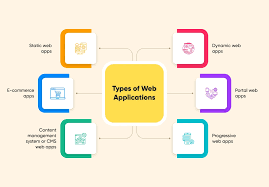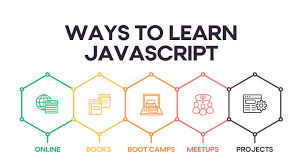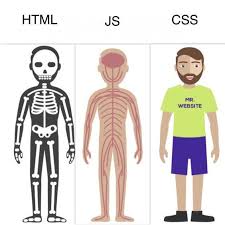Building Your First Website with Frameworks
Introduction
Website development frameworks provide a structured and efficient approach to building web applications. In this guide, we'll take you through the process of creating your first website using popular web development frameworks. You'll learn how to leverage these tools to streamline the development process and build robust, responsive, and dynamic websites.
Table of Contents
-
Understanding Web Development Frameworks
- What Are Web Development Frameworks?
- Benefits of Using Frameworks
- Popular Frameworks (e.g., React, Angular, Vue, Django, Ruby on Rails)
-
Choosing the Right Framework
- Project Requirements and Goals
- Comparing Front-End and Back-End Frameworks
- Learning Curve and Community Support
- Framework Ecosystem and Tools
-
Setting Up Your Development Environment
- Installing Required Software (Node.js, Python, Ruby)
- Creating a Development Workspace
- Version Control (Git and GitHub)
- Choosing an Integrated Development Environment (IDE)
-
Getting Started with Front-End Frameworks
- Introduction to React, Angular, and Vue
- Project Setup with Create React App, Angular CLI, Vue CLI
- Building User Interfaces with Components
- Handling State and Props
-
Routing and Navigation
- Implementing Routing with React Router, Angular Router, or Vue Router
- Creating Navigation Menus
- Handling Route Parameters and Query Strings
-
Data Management and APIs
- Consuming APIs with Fetch and Axios
- State Management (Redux, NgRx, Vuex)
- Data Binding and Displaying Dynamic Content
-
Styling and Theming
- CSS Modules and Styling in React
- Styling with Angular's CSS Encapsulation
- Scoped CSS in Vue
- CSS Preprocessors and Framework Themes
-
Form Handling and User Input
- Building Forms and Form Components
- Form Validation and Error Handling
- Capturing User Input with Framework-Specific Methods
-
Testing and Debugging
- Unit Testing with Jest, Jasmine, or Mocha
- Debugging Tools and Techniques
- End-to-End Testing with Cypress or Protractor
- Linting and Code Quality
-
Building a Back-End with Frameworks
- Introduction to Django, Ruby on Rails, and Express.js
- Setting Up a Server and API Endpoints
- Data Models and Database Integration
- Authentication and Authorization
-
Connecting the Front-End and Back-End
- Consuming Back-End APIs
- Authentication and User Sessions
- Handling Cross-Origin Resource Sharing (CORS)
- Proxy Servers and API Integration
-
Optimizing Performance
- Minification and Bundling with Webpack
- Lazy Loading for Improved Loading Speed
- Caching Strategies
- Content Delivery Networks (CDNs)
-
Security Best Practices
- Data Validation and Sanitization
- Protecting Against Common Web Vulnerabilities
- Secure Authentication and Authorization
- Content Security Policy (CSP)
-
Deployment and Hosting
- Preparing Your Website for Production
- Choosing a Hosting Provider
- Continuous Integration and Continuous Deployment (CI/CD)
- Setting Up SSL Certificates
-
Scaling and Maintenance
- Handling Traffic Growth
- Regular Updates and Maintenance
- Monitoring and Performance Tuning
- Backup and Disaster Recovery
-
Resources and Further Learning
- Framework-Specific Documentation and Tutorials
- Online Communities and Forums
- Web Development Blogs and News
- Staying Updated with Frameworks and Best Practices
Conclusion
Building your first website with frameworks is a significant step toward becoming a proficient web developer. As you explore the topics covered in this guide, you'll gain the skills and knowledge needed to create dynamic and responsive web applications. Keep in mind that web development is a continually evolving field, so staying updated with emerging technologies and best practices is essential for your success. Best of luck in your journey to becoming a skilled website developer using frameworks!
































